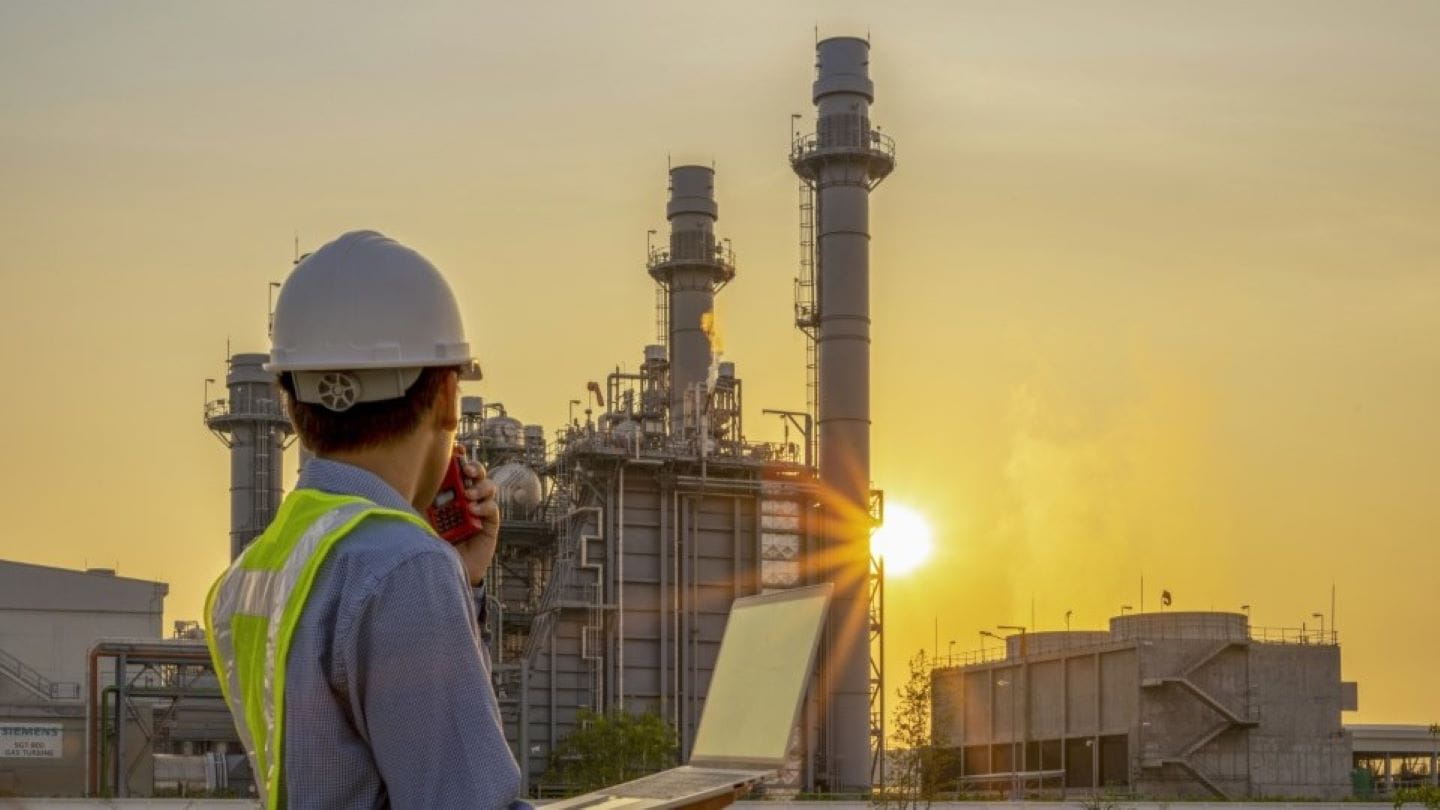Michael Hyde, 22/07/2021
Implementing an effective steam trap management plan, doesn’t need to be complicated. Lowering Carbon output, increased production and energy savings are all benefits you could achieve from regular management.
So, why is effective steam trap management so important? A healthy steam trap population allows condensate to be removed from the steam system effectively, this means that process efficiency can be optimised, equipment is protected and the condensate can be re-used. All factors that contribute to your overall sustainability targets.
Let’s start with four key benefits of effective steam trap management
1. Health and safety
As with any utility in the plant, such as hot water or electricity, a steam system must be well managed to ensure safe operation. Correctly designed and operating steam trapping allows condensate to be effectively removed from the system, eliminating any potentially hazardous situations, such as pipe or component failure.
2. Productivity and process improvement
Correctly functioning steam traps allow the steam system to deliver the thermal energy required for process applications to operate efficiently. Condensate in the steam supply can affect the operation of applications, causing issues such as slow start up times and poor heat transfer. Removing the condensate from the system allows the steam to perform its task effectively within the process.
3. Sustainable energy savings and reduced carbon emissions
Condensate typically contains around 25% of the usable energy of the steam from which it came. Returning this to the boiler feed tank can save thousands of pounds per year in energy alone and reduces the requirement for fresh replacement water, whilst minimising the need for costly chemicals to treat raw water.
Condensate removed from the steam system and returned to the feed tank also reduces the need for boiler blowdown, which is used to regulate the concentration of dissolved solids in the boiler. This therefore reduces the energy lost from the boiler during the blowdown process – all contributing towards your overall sustainability goals.
4. Lower cost of ownership
Removing the unwanted condensate from the system ensures there is less chance of damage from issues like waterhammer and corrosion. Steam traps remove the condensate as it forms, keeping better quality steam in the system and protecting pipework and equipment from erosion and corrosion.
How do we put this into practice? Don’t just take our word for it…
The stats really do speak for themselves. Take this example of an oil refinery we worked with. Let’s break down the story below.
Their main objective: To reduce their overall energy costs and carbon output, improve safety and production performance.
Our action: Spirax Sarco carried out a turnkey project involving a wide ranging steam trap and energy audit of the plant.
Steam trap issues identified: 20% of steam traps on site had failed leading to significant losses.
What was our action on site?
The joint action plan we decided on was to install new steam traps, to help solve their issue.
- Energy savings after one year = £100,000
- Payback period = 1 year and 4 months.
If you’re thinking about the health of your steam system, below are some common causes to look out for that can hamper its performance:
- Infrequent steam trap surveys
- The presence of corrosion and certain site conditions
- Localised flash steam plumes
- Excessive boiler feed tank temperatures
- Improper sizing, equipment or installation
If you're concerned about any of these common causes, and you need some expert advice, then book in for a Steam Trap Survey today. Choose Spirax Sarco UK to support you in achieving steam plant safety, efficiency and carbon reduction improvements.
Gas Shortages: could effective energy management of your steam system be part of the answer?
Wholesale gas prices have seen unprecedented hikes in 2021 which has led to many energy companies folding under the pressure. It emerged that the UK’s sixth-largest energy company with 1.7m customers, is seeking a bailout to stay afloat and this trend is set to continue.
The evolution of steam and what does 'good' steam look like
Steam is an incredible heat transfer medium and, it’s come a long way from its traditional associations with locomotives and the Industrial Revolution. Today it’s an integral, clean and essential part of modern technology. Without it, our food, textile, chemical, medical, power, heating and transport industries could not exist or perform as they do.
The Benefits of Complete Steam Trap Management
Whether you want to check the health of your steam traps, or partner with us to ensure your processes run trouble free, our Complete Steam Trap Management programme can be tailored to suit your needs, offering a total customer solution.
Steam Trap Surveys and Management
Surveys cover a wide range of equipment including steam traps, high limit control equipment and condensate pumps. Each survey first measures your system's current efficiency and identifies areas of improvement and the potential savings to be gained.
Strathmore foods secures sustainable future through steam
Scottish food manufacturer Strathmore Foods has successfully enhanced its health and safety, process productivity, and sustainability performance after an audit of its Forfar plant identified a series of potential improvements.
3 ways to unlock your steam systems full potential
With ever-increasing energy bills and ambitious emissions targets occupying your mind, it can be hard to find the time to unlock the full potential of your steam system.

